
"The Manner of Dissecting the Pestilentiall Body," 1666.
Click on image to see larger, more detailed version.
Via The William Eamon blog.




Albert Grass Adventures of a Dreamer: An Illustrated Lecture and Book Signing with Zoe BeloffYou can find out more about this event on the Observatory website by clicking here. You can find out more about Zoe Beloff and her work by clicking here. You can find out more about Albert Grass The Adventures of a Dreamer--and purchase a copy!--by clicking here. You can get directions to Observatory--which is next door to the Morbid Anatomy Library (more on that here)--by clicking here. You can find out more about Observatory here, join our mailing list by clicking here, and join us on Facebook by clicking here.
Date: Monday, November 29th
Time: 8:00 PM
Admission: $5
“Adventures of a Dreamer” is a hand-drawn prototype for a comic book, that appears to have been created by Albert Grass, founder of the Coney Island Amateur Psychoanalytic Society in the 1930’s. It seems possible that he originally intended “The Dreamer ” to be hero in the mold of “The Spirit”, or even “Superman” with extraordinary powers but this conception quickly changed. By episode three “The Dreamer” looses his ability to fly, landing on the ground with a loud “ouch!”. He remains earthbound and the work becomes a more serious investigation into his own psychic life.
Many of Albert Grass’ anxieties speak directly to us today. He suffered the aftereffects of a brutal war. He worried about his neighbors being evicted. He felt the guilt of an artist who feels he should be more deeply engaged in a struggle for social justice. Previously unpublished, this facsimile edition makes available for the first time what appears to be an early attempt to use the language of the comic book to graphically manifest the unconscious.
Zoe Beloff is an artist who elides the roles of archivist and creator. Her work has been featured in international exhibitions and screenings at venues including the Whitney Museum of American Art and the Museum of Modern Art in New York, the Freud Dream Museum in St. Petersburg and the Pompidou Center in Paris. Known for her multimedia installations incorporating film and video, Beloff aims to connect the present with the past and to call into question the assumed boundaries between historical fact and creative interpretation. In celebration of the centennial of Sigmund Freud’s visit to Coney Island in 1909, Beloff resurrected the world of the Coney Island Amateur Psychoanalytic Society, along with the visionary ideas of its founder, Albert Grass. Beloff’s publications include The Coney Island Amateur Psychoanalytic Society and Its Circle and The Somnambulists: A Compendium of Source Material.




Albert Grass Adventures of a Dreamer: An Illustrated Lecture and Book Signing with Zoe BeloffYou can find out more about this event on the Observatory website by clicking here. You can find out more about Zoe Beloff and her work by clicking here. You can find out more about Albert Grass The Adventures of a Dreamer--and purchase a copy!--by clicking here. You can get directions to Observatory--which is next door to the Morbid Anatomy Library (more on that here)--by clicking here. You can find out more about Observatory here, join our mailing list by clicking here, and join us on Facebook by clicking here.
Date: Monday, November 29th
Time: 8:00 PM
Admission: $5
“Adventures of a Dreamer” is a hand-drawn prototype for a comic book, that appears to have been created by Albert Grass, founder of the Coney Island Amateur Psychoanalytic Society in the 1930’s. It seems possible that he originally intended “The Dreamer ” to be hero in the mold of “The Spirit”, or even “Superman” with extraordinary powers but this conception quickly changed. By episode three “The Dreamer” looses his ability to fly, landing on the ground with a loud “ouch!”. He remains earthbound and the work becomes a more serious investigation into his own psychic life.
Many of Albert Grass’ anxieties speak directly to us today. He suffered the aftereffects of a brutal war. He worried about his neighbors being evicted. He felt the guilt of an artist who feels he should be more deeply engaged in a struggle for social justice. Previously unpublished, this facsimile edition makes available for the first time what appears to be an early attempt to use the language of the comic book to graphically manifest the unconscious.
Zoe Beloff is an artist who elides the roles of archivist and creator. Her work has been featured in international exhibitions and screenings at venues including the Whitney Museum of American Art and the Museum of Modern Art in New York, the Freud Dream Museum in St. Petersburg and the Pompidou Center in Paris. Known for her multimedia installations incorporating film and video, Beloff aims to connect the present with the past and to call into question the assumed boundaries between historical fact and creative interpretation. In celebration of the centennial of Sigmund Freud’s visit to Coney Island in 1909, Beloff resurrected the world of the Coney Island Amateur Psychoanalytic Society, along with the visionary ideas of its founder, Albert Grass. Beloff’s publications include The Coney Island Amateur Psychoanalytic Society and Its Circle and The Somnambulists: A Compendium of Source Material.

Fans of Oddities...We need your help.....First, thank you for all the kind words and all. We appreciate all of it. It seems that for some reason Discovery has not run any TV ads for our show. Our ratings have been OK, but most people don't know there are 2 episodes back to back...and many more don't even know about the show. Seems it might be hard to build an audience and a following without some TV advertising......So, what can you do to help?

A Paradiso Contapasso Double Feature:To find out more about the lecture, click here; to find out more about the music of Helen Gillet, click here. You can get directions to Observatory--which is next door to the Morbid Anatomy Library (more on that here)--by clicking here. You can find out more about Observatory here, join our mailing list by clicking here, and join us on Facebook by clicking here.
Beyond the Sphere: Getting Lost with Dante and the Music of Helen Gillet
An illustrated lecture with professor of medieval literature Nicola Masciandaro preceded by the a performance by Helen Gillet
Date: Monday, November 22
Time: 7:00 for music; 8:00 for lecture
Admission to both: $5
Everyone knows that Dante went to hell and back. “Non vedi tu come egli ha la barba crespa e il color bruno per lo caldo e per lo fummo che è là giù?” [Do you not see how his beard is crisped and his color browned by the heat and smoke that this there below?], a lady is reported by Boccaccio to have said upon seeing the poet in Verona.
The underworld is written all over the author’s image. In many circles, from video game consoles to college lecture halls, the Divine Comedy is virtually synonymous with Inferno. The “Paradiso Contrapasso” concept presents a liberation from this stygian fixation. A contamination of paradise with the essential principal of divine punishment? A saturation of eternal torment with celestial, empyreal bliss? Or maybe something more radical than either. The damnation and perdition of the very idea of paradise? Or a penalty that would itself comprise it?
The word paradise, from ancient Persian, signifies an enclosed or walled garden. The divine punishment of paradise might then be imagined as the annihilation of its constitutive boundary, an exposure of the garden to what is beyond it. Does paradise disappear? Or does everything become a paradise?
Tonight’s lecture will take this theme as an invitation to read Dante as a radically paradisical poet, one for whom the original and ultimate state of being is never somewhere else, before or after, but is something that must always, and precisely in its absence, always be here.
Nicola Masciandaro is Associate Professor of English at Brooklyn College (CUNY) and a specialist in medieval literature.
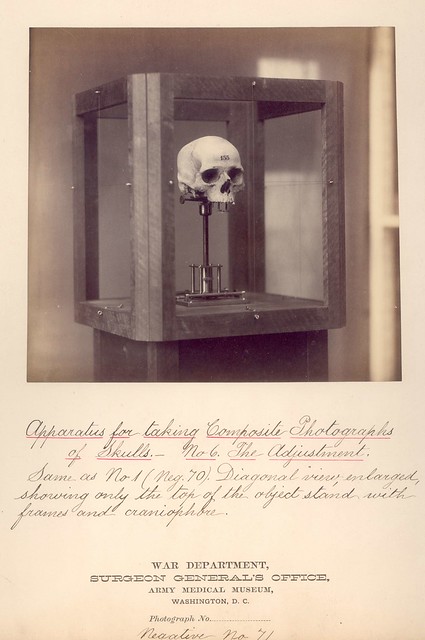
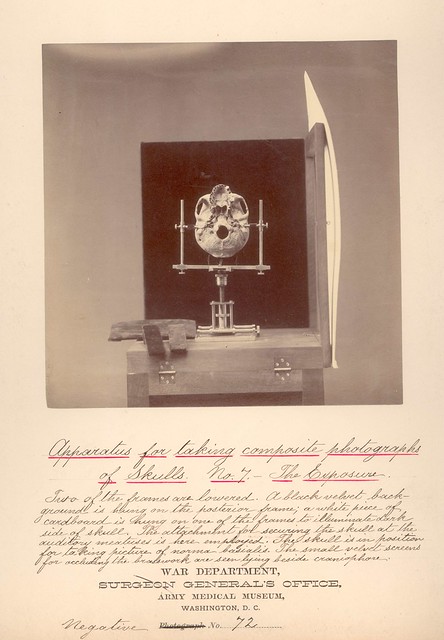
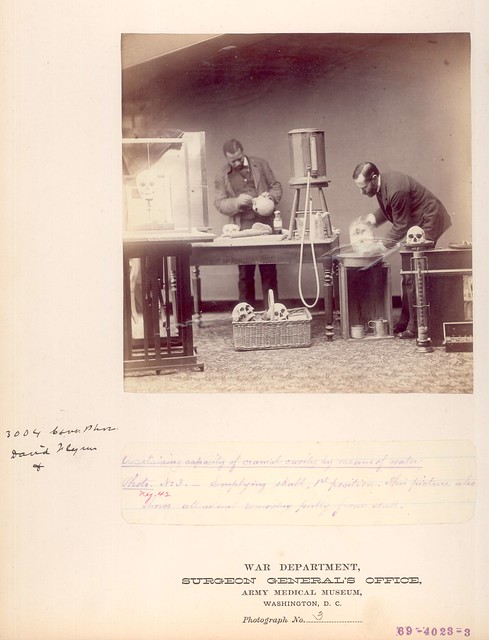

Wednesday, November 17, 7 p.m.Stay tunes for a similar event Morbid Anatomy Presents event at Observatory sometime in the new year!
Reading: Sleeping Beauty III Memorial Photography: The Children
Merchant's House Museum
29 East Fourth Street, New York, NY 10003
The Museum is located between Lafayette Street and Bowery
Free, space is limited.
Dr. Stanley Burns of The Burns Archive will speak about the practice of postmortem photography from the 19th century until today, and sign copies of his latest book in the renowned Sleeping Beauty series. A reception to meet the author will follow.
To RSVP Call 212-777-1089
To read more about postmortem photography at The Burns Archive click here.

The Secret Science Club's 5th-Annual Carnivorous Nights Taxidermy ContestMore here. The image you see above is the Pope Mouse by Mouse Angel/Jeanie M. You can purchase your very own Pope Mouse--or Angel, or Punker Rocker, or Mousealope, or Hamlet (!) at The Morbid Anatomy Library; click here or email me here for details.
Date: Tuesday, December 7
Time: 8 PM
Location: The Bell House
(149 7th St., between 2nd and 3rd avenues in Gowanus, Brooklyn)
The The beasts are back!
Calling all science geeks, nature freaks, and rogue geniuses!
Your stuffed squirrel got game? Got a beaver in your brownstone? Bring your beloved beast to the Bell House and enter it to win at the 5th-annual Carnivorous Nights Taxidermy Contest.
Eligible for prizes: Taxidermy (bought, found, or homemade), biological oddities, articulated skeletons, skulls, jarred specimens—and beyond, way beyond
Plus!
--Spectators are invited to cheer on their favorite specimens
--Groove to taxidermy-inspired tunes & video
--Imbibe ferocious specialty drinks!
--Prizes will be awarded by our panel of savage taxidermy enthusiasts!
Entrants: Contact secretscienceclub@gmail.com to pre-register. Share your taxidermy (and its tale) with the world!
Don't miss this beastly event on Tuesday, December 7, 8 pm @ the Bell House, 149 7th St. (between 2nd and 3rd avenues) in Gowanus, Brooklyn, p: 718.643.6510 Subway: F to 4th Ave; R to 9th St; F or G to Smith/9th




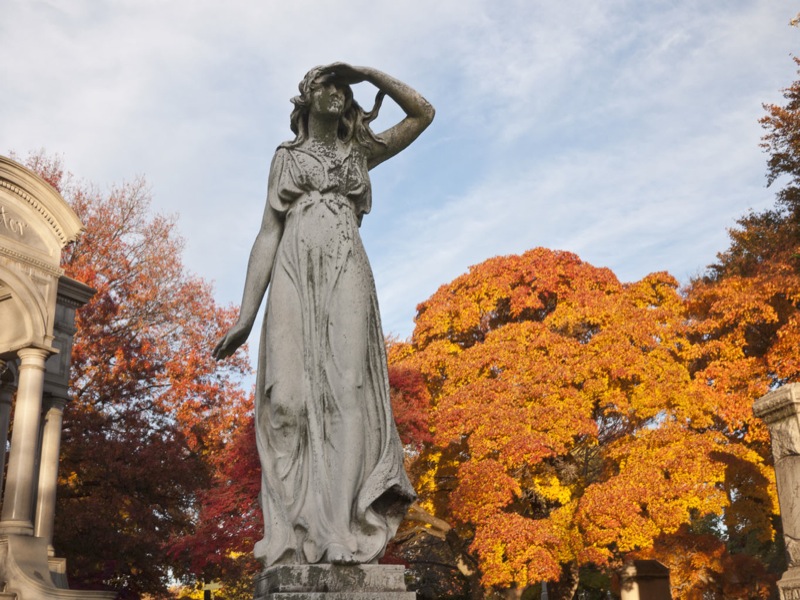
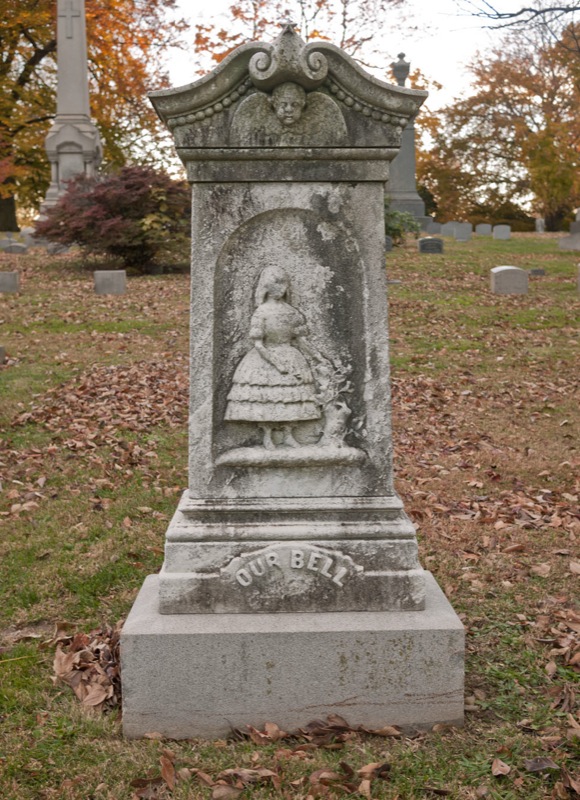

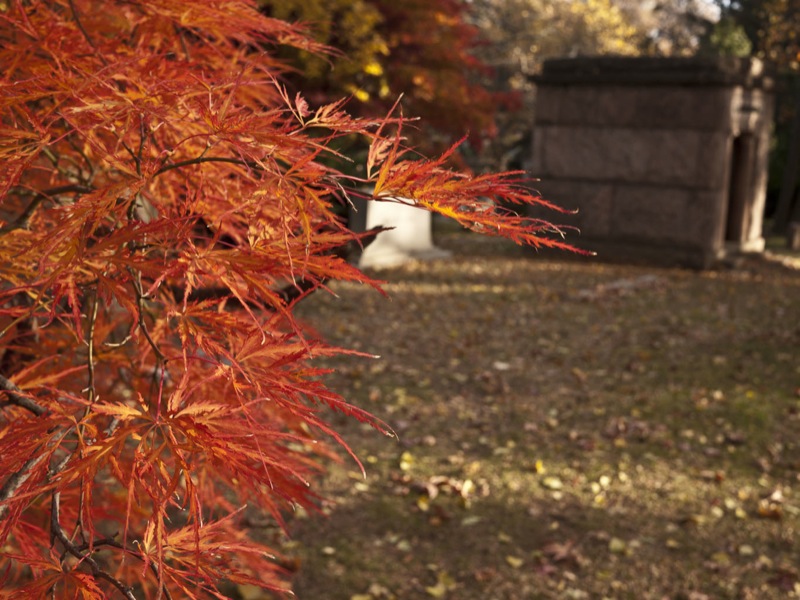

"Oddities” Marathon and PartyTo find out more about the event, click here. You can see some clips and find out more about "Oddities" by clicking here. You can get directions to Observatory--which is next door to the Morbid Anatomy Library (more on that here)--by clicking here. You can find out more about Observatory here, join our mailing list by clicking here, and join us on Facebook by clicking here.
A three-episode marathon of the new television series Oddities, with give-aways, special drinks, surprise guests, and after party
Date: Thursday, December 9
Time: 8:00
Admission: $5
Presented by Morbid Anatomy
On Thursday, December 9, you are cordially invited to join Morbid Anatomy and Observatory as we celebrate the new television series based on our favorite purveyor of curious and amazing artifacts, Obscura Antiques and Oddities in New York City’s East village.
The evenings festivities will include–as a special treat for those of us without cable–a screening of the first three episodes of Oddities, which will reveal, to the discerning eye, an assortment of familiar Observatory faces, including former lecturers Evan Michelson and Mike Zohn as well as a variety of members of the wider Observatory community. There will also be special drinks, a DJed after party, surprise guests, and prizes and give-ways throughout the night. Members of the cast will also be available for questions and comments.
To find out more about the show, check out http://dsc.discovery.com/tv/oddities.
Hope very much to see you there!



The Hunterian After DarkTo find out more about these events, click here and here, respectively. To see some other recent posts about Elaine Duigenan's work on Morbid Anatomy, click here and here.
Date: Friday, November 12th
Time: 6-9 PM
Admission: Free, with pay bar
A rare late-night opening of the museum and a chance to find out about the role of the College in modern surgical training. Enjoy a drink among the historical specimens collected by John Hunter and other eminent surgeons of the 18th and 19th centuries. Also available is an opportunity to tour the new Eagle Project teaching suite, find out about dissection at the College and try your hand at ‘keyhole’ surgery techniques and surgical suturing.
Gorgets and Bistouries: An Evening Encounter
Date: Thursday, December 2
Time: 7-9pm
Admission: £8, includes a glass of wine or soft drink
Artist and musician Matthew Robins and photographic artist, Elaine Duigenan collaborate to bring you a magical encounter with ‘instruments’ – both the musical and surgical. Through words, song, live animation and shadow play they will bring you an unforgettable performance in the realm of ‘The Dreadful and The Divine’.
Enjoy an atmospheric late view of the Hunterian Museum and the exhibition and following in the vein of the moving image, create your own zoetrope inspired by Matthew’s unique art.
Numbers are limited so booking is essential on 020 7869 6560
See more of Matthew's work at www.sadlucy.com and Elaine's work at www.elaineduigenan.com

Come and See: The Amsterdam Anatomical Collection DissectedYou can find out more about theis event on the Observatory website by clicking here. You can get directions to Observatory--which is next door to the Morbid Anatomy Library (more on that here)--by clicking here. You can find out more about Observatory here, join our mailing list by clicking here, and join us on Facebook by clicking here.
An illustrated lecture and book signing with Dr. Laurens de Rooy, Curator of the Museum Vrolik in Amsterdam
Date: Thursday, November 11
Time: 8:00 PM
Admission: $5
Books will be available for sale and signing.
Two skeletons of dwarfs, rare Siamese twins, cyclops and sirens, dozens of pathologically deformed bones, the giant skull of a grown man with hydrocephalus, the skeleton of the lion once owned by king Louis Napoleon, as well as the organs of a babirusa, Tasmanian devil and tree kangaroo – rare animals that died in the Amsterdam zoo ‘Artis’ shortly before their dissection.
Counting more than five thousand preparations and specimens, the Museum Vrolikianum, the private collection of father Gerard (1775-1859) and his son Willem Vrolik (1801-1863), was an amazing object of interest one hundred and fifty years ago. In the 1840s and 50s this museum, established in Gerard’s stately mansion on the river Amstel, grew into a famous collection that attracted admiring scientists from both the Netherlands and abroad.
After the Vrolik era, the museum was expanded with new collections by succeeding anatomists. What motivated the Vroliks and their successors to collect all these anatomical specimens, skulls, skeletons, and monstrosities? were did their material come from? How did these collections help to built up their views on the origins of life forms?
Since 1984 the museum is located in the academic Hospital of the University of Amsterdam. Recently the museum collections were portrayed by the photographer Hans van den Bogaard for the book Forces of Form. These images will form an essential part in this talk, a ‘dissection’ of the Amsterdam anatomical collection.
Dr. Laurens de Rooy (b. 1974) works as a curator of the Museum Vrolik in the Academic Medical Centre in Amsterdam. He studie Medical Biology, specializing in the history of science and museology. during his internship he researched the collection of father and son Vrolik. In 2009 he obtained his PhD in medical history.










33 Plates of Morbid anatomy Ellucidating Dr. Bright's WorksFound on the British Museum website; to find out more--and see more images!--click here.
Published in London, 1829
British XVIIIc Mounted Atlas
Paper; stipple ; mezzotint; hand-coloured
Published by Longman; Prints made by William Say
Inscriptions: Lettered within image with letters for identification, and: "Plate/ Drawn by F.R.Say/ Engraved by W.Say/ London Published July 1. 1829, by Longman, Rees, Orme & Brown." Stamped with Say's blind stamp.

Lantern Slides: Looking Glass through HistoryFor more information--and to find out about other offerings of this year's Mead festival--go to amnh.org/mead.
Margaret Mead Film & Video Festival
American Museum of Natural History, New York City
November 13, 2010 | 1:30 pm
Kaufmann Theater
$12 General admission / $10 Members, students, seniors
Join the Mead for an urban dig through the American Museum of Natural History’s library archives. Once the foundation of a long-running and wildly popular series of lectures by zoologist and AMNH founder Albert Bickmore, the Museum’s collection of more than 40,000 glass lantern slides were used as an educational tool starting in the late 1800s and were later circulated throughout New York City’s public school system. Often hand-colored these slides depict myriad subjects, such as landscapes, scientific specimens, and field expeditions captured around the world by the Museum’s own scientists. In celebration of the recovery of about 20,000 of these rare artifacts, the Festival presents the opportunity to view these unique historical documents and stunning works of art through the eyes of in-house archivist Barbara Mathé. She will share the behind-the-scenes history of the lantern slides, photographs of Museum employees painting the original slides, and the fascinating story of their journey from AMNH to a basement in Staten Island and back again. Historian Constance Areson Clarke and media historian Alison Griffiths will also be on hand to discuss the wider history of lantern slides and educational media.
Co-presented by International Center of Photography and the New York Stereoscopic Society.

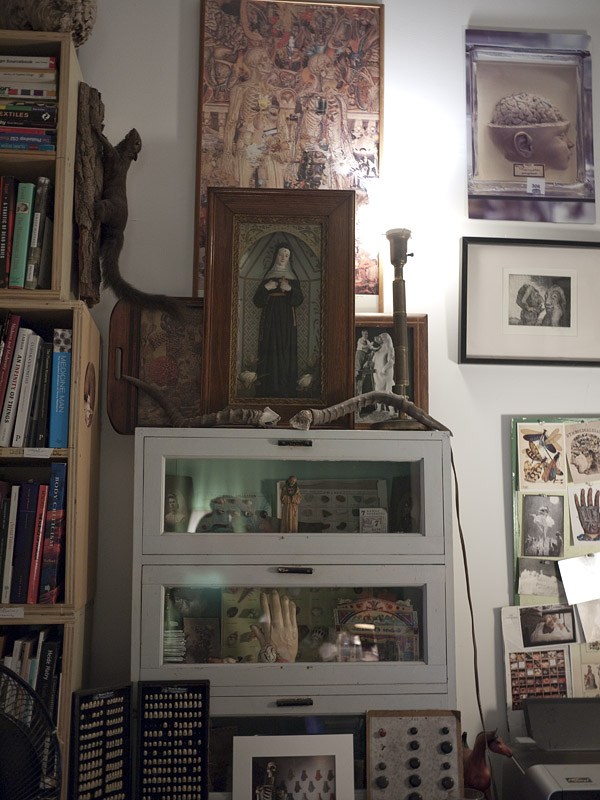


Démence Précoce Catatonique Dermographisme. L Trepsat, 1893. From 'Nouvelle Iconographie de la Salpêtrière', 1904.Click on image to see larger version.
During the second hald of the 19th century, the belief spread that the phenomenon of dermatographism (or 'dermographism', or 'skin writing') was linked to hysteria and other mental or nervous disorders. Here a female patient at the Salpêtrière hospital in Paris has had her diagnosis 'Démence précoce' (dementia praecox) 'written' on her back.






[Science and Curiosities at the Court of Versailles] reveals a new, unexpected face of Versailles as a place of scientific inquiry in its most various forms: the Hall of Mirrors electricity experiment, Marley Machine on the banks of the Seine, burning mirror solar power demonstration, etc. It brings together works and instruments from the old royal collections, spectacular achievements of beauty and intelligence, for the first time.You can find out more on the exhibition website--which will be on view until February of next year--by clicking here. You can see the Tympanum Player Automaton in full automaton action by pressing play on the Youtube viewer above.
Versailles is the place where control over science was exercised. At the urging of Jean-Baptiste Colbert, Louis XIV's "prime minister", the royal authority became aware of the benefits of scientific research. In 1666 Colbert founded the Academy of Science, establishing a new contract between the government and scientists. Many "natural philosophers", as they were known at the time, including some of the most famous, assiduously frequented the Court as physicians, army engineers, tutors, etc. The physicists Benjamin Franklin and Abbot Nollet compared their theories in front of the king and the encyclopaedists Diderot and D’Alembert met in the office of Dr. Quesnay, physician to Madame de Pompadour, Louis XV's favourite. Some courtiers were real experts.
The Château de Versailles offered many research resources. Anatomists and zoologists could study the menagerie's ostriches, pelicans, rhinoceroses and other rare animals, botanists and agronomists the plants on the grounds of the Trianon and "hippiatrists", the forerunners to veterinarians, the horses in the Grand Stables.
Educators developed new teaching methods using cutting-edge tools for the royal children and the kings' personal practice. While Louis XIV considered himself a protector of the arts and sciences without practicing them, his successors, Louis XV and Louis XVI, became true connoisseurs. A presentation to the king or demonstration before the Court was the highest honour, equivalent to winning a Nobel Prize. Many people know about the first hot-air balloon flight, but numerous other events have fallen into oblivion, such as the burning mirror demonstration in front of Louis XIV or the electricity experiment in the Hall of Mirrors under his successor's reign.